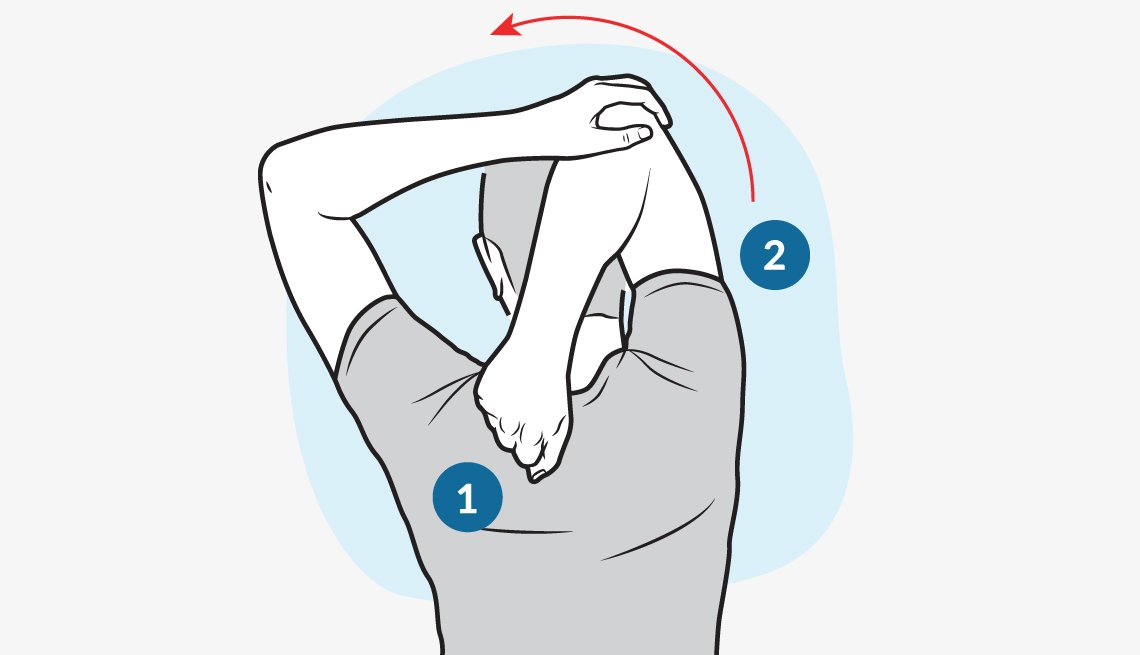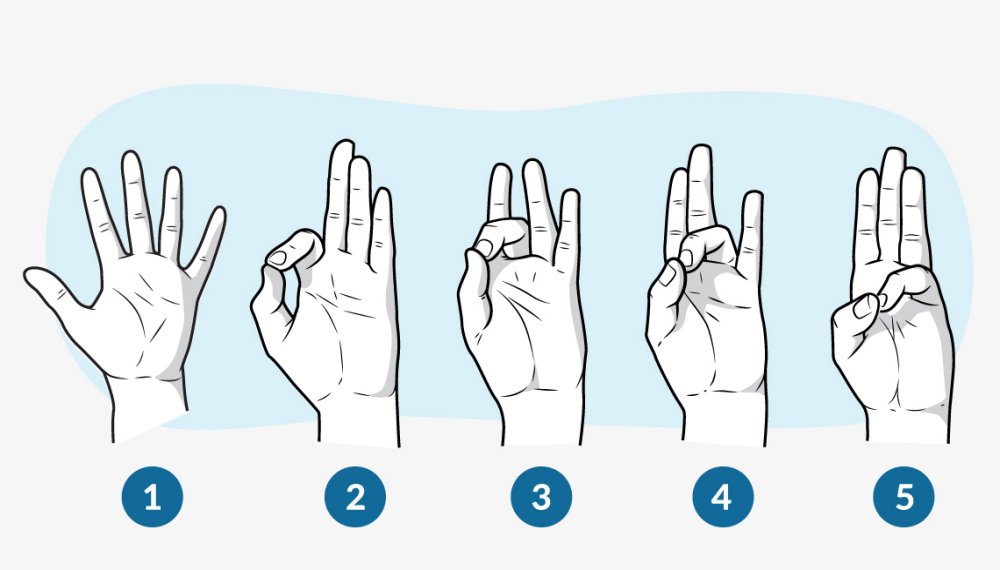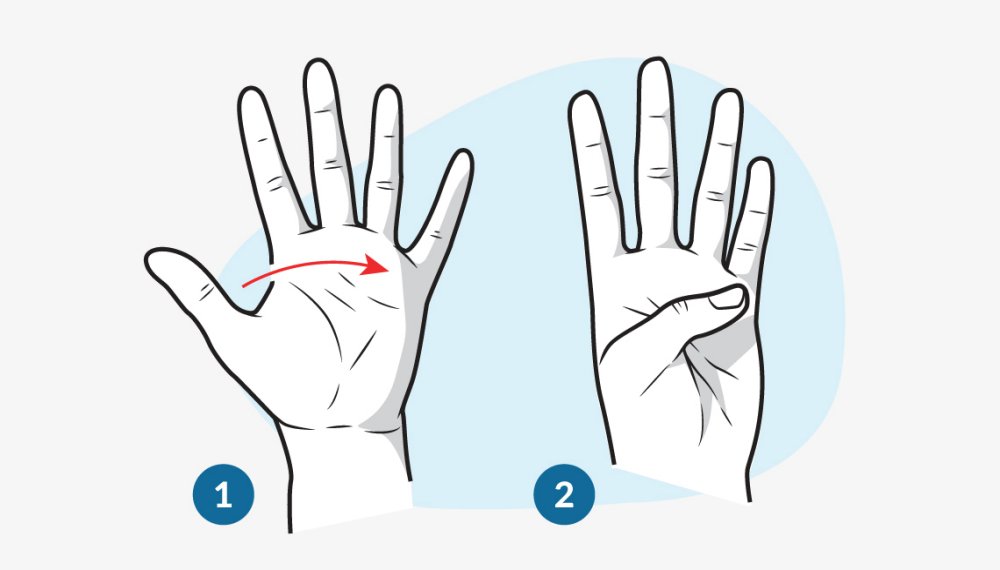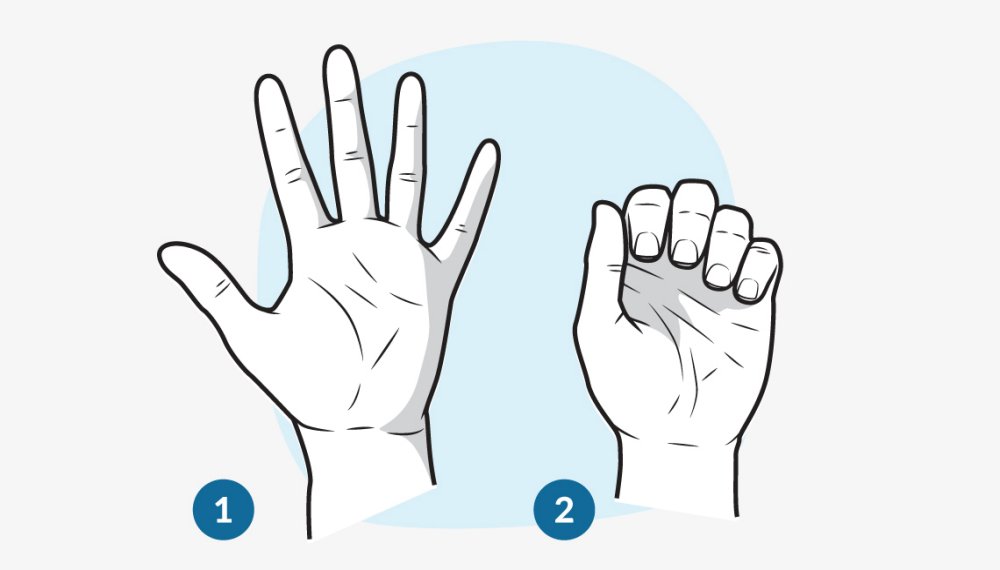From aarp.org
Stiffness and loss of motion in your hands may be the beginning of arthritis. Here’s how to stay loose and pain free
Karen Jacobs noticed a stiffness settling into her hands. “It can be really painful throughout the day,” she says. When it didn’t resolve, the 70-year-old arranged a telehealth visit with her doctor. His diagnosis: She was experiencing the beginning of osteoarthritis (OA), the most common type of arthritis.
OA is a condition caused by the natural wearing away of the cartilage that covers the bone, says Michelle G. Carlson, M.D., hand and upper extremity surgeon at the Hospital for Special Surgery in New York City. In healthy joints, the cartilage coverings at the ends of the bones match up and glide smoothly against one another. But as arthritis wears the cartilage away, the movement becomes less smooth, often leading to stiffness, loss of motion and pain, especially in the tip joint of the finger. It’s estimated that we have a 40 percent risk of developing symptomatic osteoarthritis during our lifetime, according to research in Arthritis & Rheumatology.
But while you can't build back cartilage, you can preserve motion by keeping the soft tissue in the joint as supple as possible.
Jacobs, an occupational therapist, knew just what to do: start incorporating hand exercises into her day to maintain hand function. Research is mixed, but a 2018 study on 151 people with hand osteoarthritis found that those who performed exercises at home for two months improved grip strength and had less pain and fatigue when compared with a control group.
A caveat: Some exercises, like squeezing a stress ball, can irritate joints by causing rough cartilage to rub together, Carlson says. Instead, Carlson and Jacobs recommend the following moves. When doing them, let pain be your guide: If it hurts, stop. It’s also a good idea to get checked out by your doctor first to rule out other conditions, such as carpal tunnel syndrome, which is treated differently.
Warm up in the morning simply by going about your regular routine: Make breakfast, get dressed, feed the dog. Then, with your doctor’s OK, aim to go through these exercises every day. Plan to do five reps on each hand. You can build these into routine activities, such as when you’re talking on the phone or watching TV.
Exercise 1: Shoulder Stretch
Do your shoulders feel tense? The impact can extend elsewhere. “Stiffness in your shoulders can lead to all sorts of problems in your extremities,” Carlson says.
Step 1: Stretch your arms up. Next, bend your right elbow to reach your right hand behind your head toward your shoulder blades.
Step 2: With your left hand, grab your right elbow and then pull it gently toward the centre of your back. Switch arms and repeat.
Exercise 2: Elbow flexion and extension
This exercise can help treat conditions such as tennis or golfer’s elbow.
Step 1: Stretch one arm out in front of you, palm down.
Step 2: Now turn your palm up and bend at the elbow so that your palm moves toward your shoulder.
Step 3: Hold for a beat, then straighten your arm back out and turn your palm back to the starting position.
Exercise 3: Prayer and reverse prayer
This stretch can help combat carpal tunnel syndrome.
Step 1: Bring palms together in prayer position, elbows out, at chest height.
Step 2: Lower hands to waist level while pressing palms together. Hold for a beat.
Step 3: Turn hands so backs of hands are together, palms out, fingers pointing down toward toes.
Step 4: Raise hands back to the starting position.
Exercise 4: Finger spread
Osteoarthritis can make it hard to open and close your hands, but this stretch can help maintain your flexibility.
Step 1: Hold one hand up in front of you, palm facing you. Spread fingers as far apart as you can.
Step 2: Close your hand to make a fist and hold for a few seconds. Repeat with the opposite hand.
Exercise 5: Finger touch
If you’re seeing joint deformity in your fingers, especially your pinkie, this is an important exercise to try, Jacobs says.
Step 1: Hold your hand in front of your face, palm facing you, fingers straight.
Steps 2–5: One at a time, touch each finger (index, middle, ring, pinkie) to your thumb to form a series of OK signs.
Exercise 7: Knuckle bend
“This improves direct flexion and range of motion,” Jacobs says.
Step 1: Hold your hand in front of your face, palm facing you, with fingertips pointing up toward the sky. Keep your fingers straight and close together.
Step 2: Curl your fingertips only toward the top of your palm.
7 Tips to Keep Your Hands Healthy
- Buy ergonomic scissors: They require less hand strength than regular scissors.
- Use kitchen shears instead of a knife when cooking — shears are easier for cutting food such as chicken.
- Avoid hard-to-open pill containers by putting your daily meds in pill boxes.
- Switch from pull-top canned groceries to bagged groceries. Trade your hand-held can opener for an electric can opener.
- Make a zipper pull. Adding a key ring or a loop of fabric to a zipper makes it easier to grip and reduces strain on thumb and index finger.
- Replace large heavy bottles with smaller squeeze bottles for soaps, creams and gels. They are easier to handle and tubes can be pressed with the heel of the hand.
- Use a pen with a non-slip grip that is easier to hold to reduce strain on finger joints.
https://www.aarp.org/health/conditions-treatments/info-2021/exercises-prevent-arthritis.html







No comments:
Post a Comment